Ask AI on The Internet
Question: ACTIVITY 2 Read the statement provided below and then answer the questions that follow. The Department of Basic Education conceptualises an inclusive school as a school that has the capacity to respond to diversity by providing education appropriate for the individual needs of learners, irrespective of disability, differences in learning style or social difficulties. The Department expects every teacher at an inclusive school to have a repertoire of methods for supporting both curricular and institutional transformation. Additional support should also be available to both the learners and the teachers involved. Think of a learner with a health condition who might be in the classroom and answer the following questions: 2.1 Briefly describe the health condition of the learner. (1) ……………………………………………………………………………………………………………… ……………………………………………………………………………………………………………… ……………………………………………………………………………………………………………… ……………………………………………………………………………………………………………… 2.2 Identify and describe the barriers that the learner could experience. (1) ……………………………………………………………………………………………………………… ……………………………………………………………………………………………………………… ……………………………………………………………………………………………………………… ……………………………………………………………………………………………………………… 2.3 Discuss the learner's strengths. (1) ……………………………………………………………………………………………………………… ……………………………………………………………………………………………………………… ……………………………………………………………………………………………………………… 2.4 How did the mentor teacher address the potential barriers that a learner with a health problem could experience? (1) ……………………………………………………………………………………………………………… ……………………………………………………………………………………………………………… ……………………………………………………………………………………………………………… ACTIVITY 3 “No two children are the same.” Observe one group of children in the classroom and answer the following questions: 3.1 Are all the learners the same? How do the learners differ from one another and in which ways are they the same? Provide examples to support your answer. (3) ................................................................................................................................................... ................................................................................................................................................... ............................................................................................................................................
2.1 Imagine a learner dealing with a condition like asthma. This is a chronic condition that affects a person's respiratory system, resulting in difficulty breathing. Asthma is triggered by allergens, exercise, respiratory infections, and even stress. 2.2 Barriers the learner could experience include: difficulty participating in physical activities due to the fear of triggering an asthma attack; frequent absences from school due to illness, which can lead to falling behind in lessons; and anxiety or stress related to their condition, which can result in reduced focus in classes. 2.3 Despite their health condition, the learner could possess numerous strengths. Perhaps they have developed resilience and a strong sense of empathy because of their health challenges. In addition, they may display a strong academic ability in subjects that do not require physical exertion, such as mathematics or literature. 2.4. The mentor teacher could address potential barriers by providing alternative means of participation in physical activities, maybe through roles that don't require rigorous physical exertion but still involve the student in the activity. The teacher can also offer catch-up classes or give extra time to make up for missed classes. Finally, it could be beneficial to provide a safe and supportive classroom environment where the student feels comfortable to share their feelings and concerns about their condition. 3.1 No, all learners are not the same. They differ from one another in terms of their abilities, interests, and backgrounds. For example, one child might be exceptionally good at painting, while another might have a keen interest in science. Some may come from rich cultural backgrounds and speak multiple languages. However, they share similarities as well. They may be of the same age, learning under the same educational system, and share common activities like playing certain games or reading certain books. They also share a common goal to learn and grow.
A new large language model has been made available since this question was asked.
To generate an updated answer from the new model, click the button below.
Think your answer is better than the AI's? Post it below.
Other Most Relevant Posts:
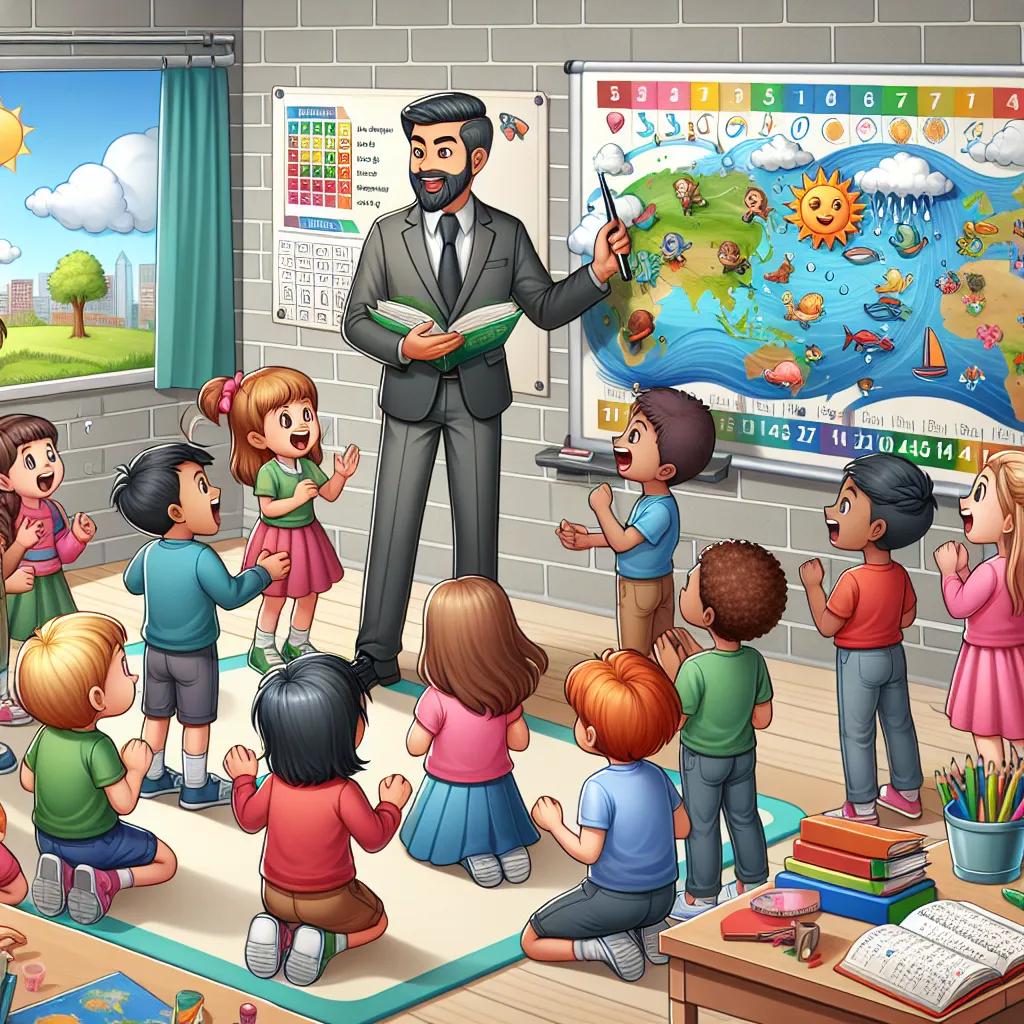 ### Morning Ring Activities
### Aim of Morning Ring Activities
### Teacher's Discussion of Weather Chart
### Learner's Health Condition
### Barriers for the Learner
### Learner's Strengths
### Me
### Morning Ring Activities
### Aim of Morning Ring Activities
### Teacher's Discussion of Weather Chart
### Learner's Health Condition
### Barriers for the Learner
### Learner's Strengths
### Me
Question Tags
If you want your question answered by an AI, click here.

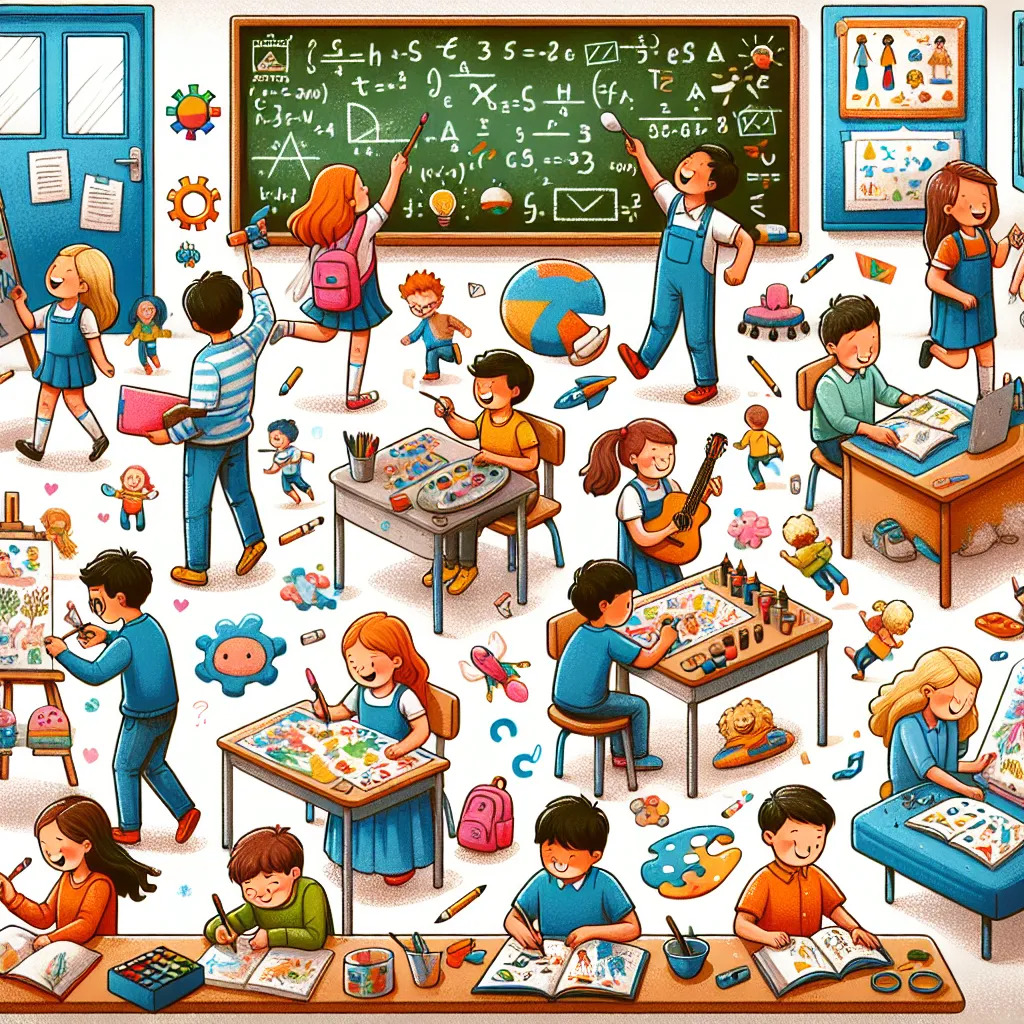
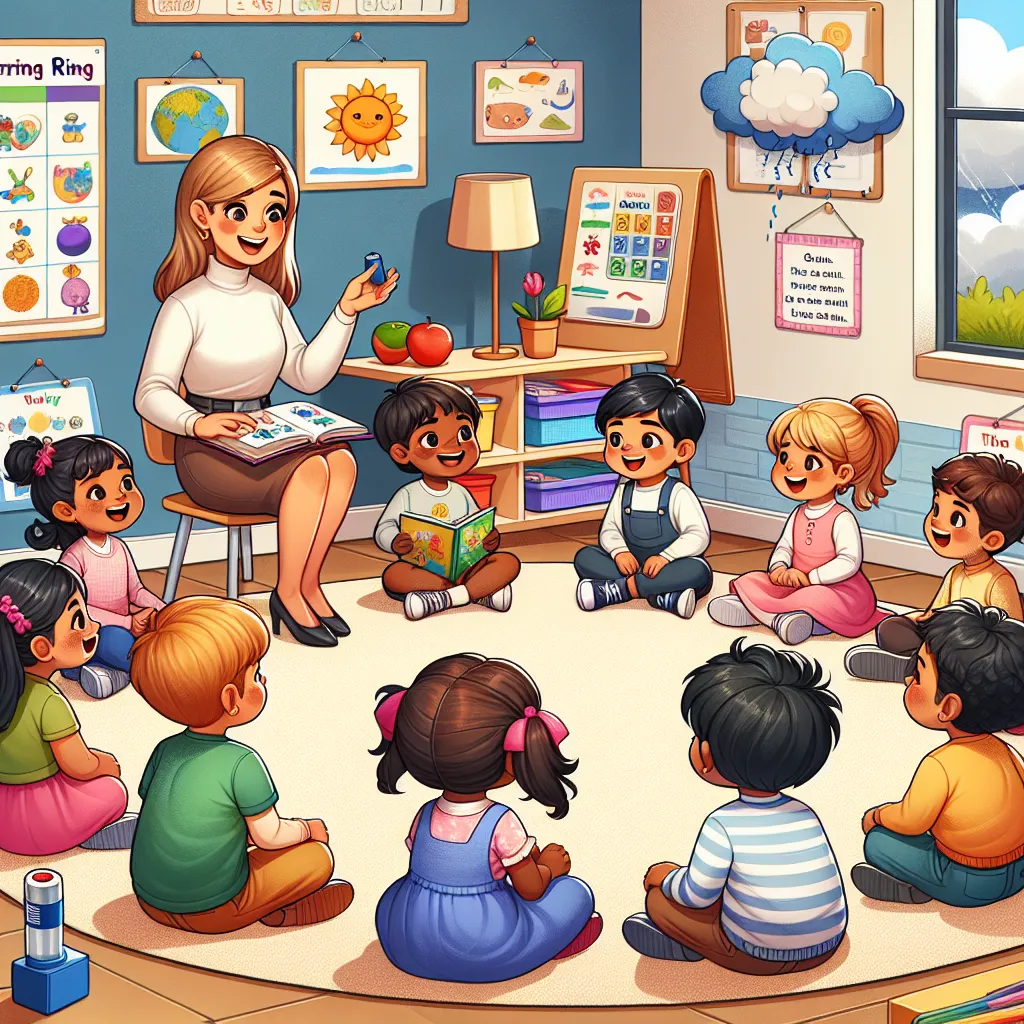
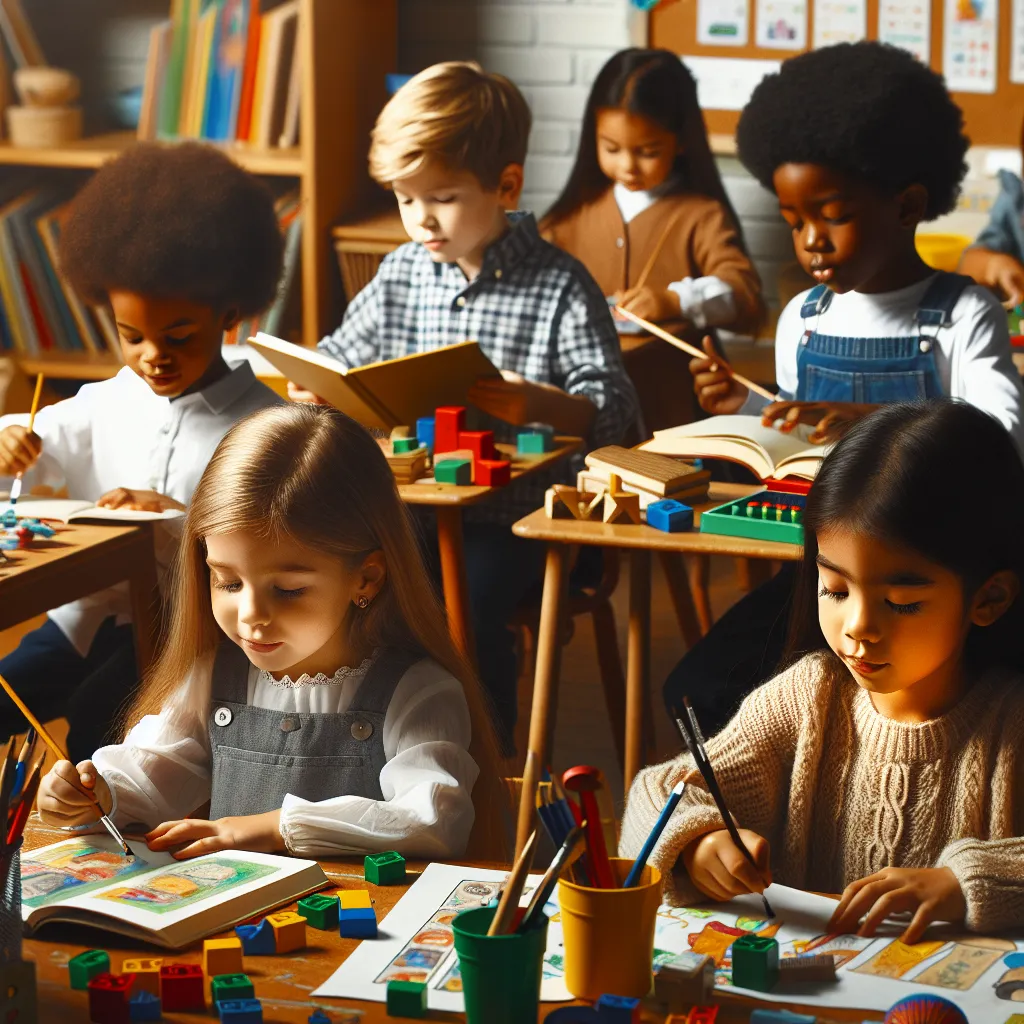
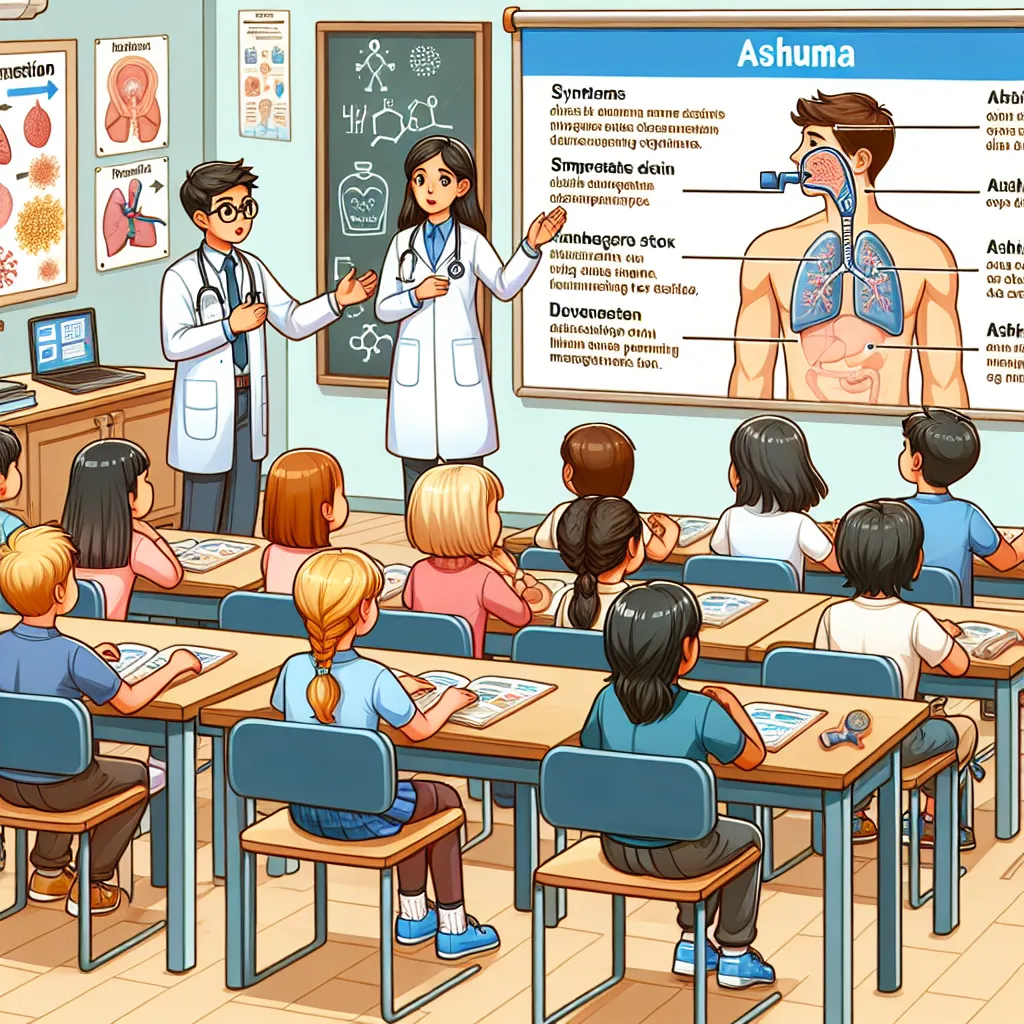

Post your own comment: